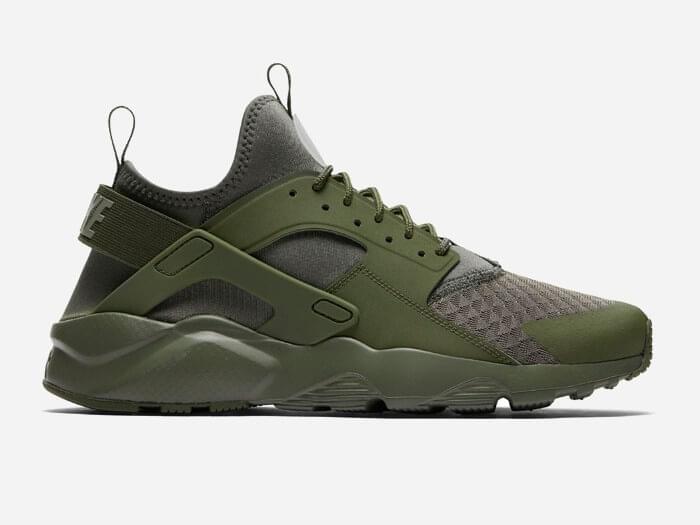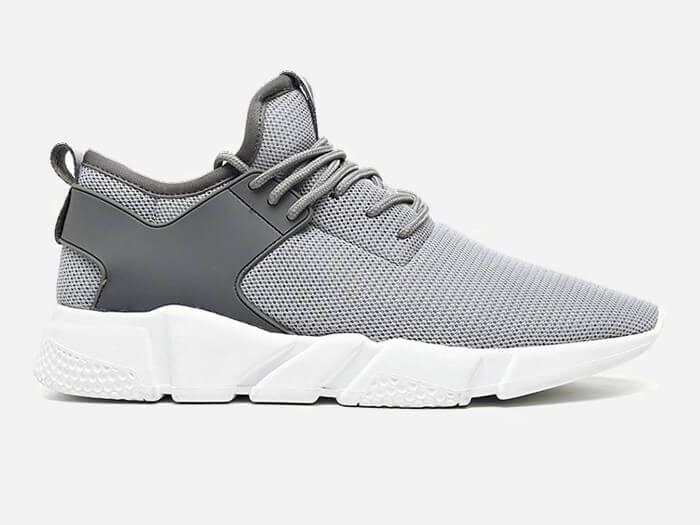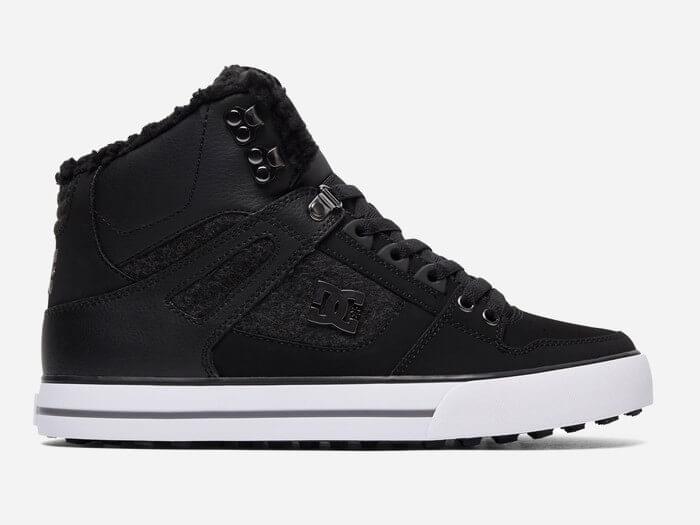The Relationship Between Hydraulic Pipe Length and Pressure: Designing Efficient and Reliable System

Hydraulic pipes play a crucial role in various industrial applications, where they are responsible for transmitting fluid power. A key aspect that affects their performance is the relationship between the length and pressure of these pipes. Understanding this correlation is essential for ensuring efficient and safe hydraulic systems.
The length of a hydraulic pipe directly affects the pressure it can handle. In longer pipes, the pressure tends to decrease due to frictional losses along the pipe's inner walls. The longer the pipe, the more friction occurs, resulting in a greater pressure drop. This phenomenon is known as pressure loss or pressure drop.

To compensate for pressure loss, engineers often choose to increase the diameter of the hydraulic pipe. By increasing the pipe's diameter, the flow rate can be maintained, and the pressure drop can be minimized. However, it is crucial to find the right balance between pipe length, diameter, and pressure requirements to ensure optimal performance.
In some cases, it may be necessary to use multiple hydraulic pipes connected in parallel or series to achieve the desired pressure. When pipes are connected in parallel, the pressure across each pipe remains the same, but the overall flow rate increases. On the other hand, when pipes are connected in series, the pressure is divided among the pipes, resulting in a decrease in pressure along the system.

It is important to note that the relationship between length and pressure is not linear. As the length of the hydraulic pipe increases, the pressure drop becomes more significant. Therefore, engineers must carefully consider the pipe length and its impact on the overall system when designing hydraulic systems.
In conclusion, the length of hydraulic pipes and the pressure they can handle are interconnected. Longer pipes tend to experience greater pressure drops due to friction. Engineers must consider this relationship and make appropriate design choices to ensure efficient and reliable hydraulic systems. By carefully selecting the pipe length, diameter, and considering the flow requirements, the desired pressure can be achieved while minimizing pressure losses.






Leave Your Product Requirements
Your email address will not be published. Required fields are marked *